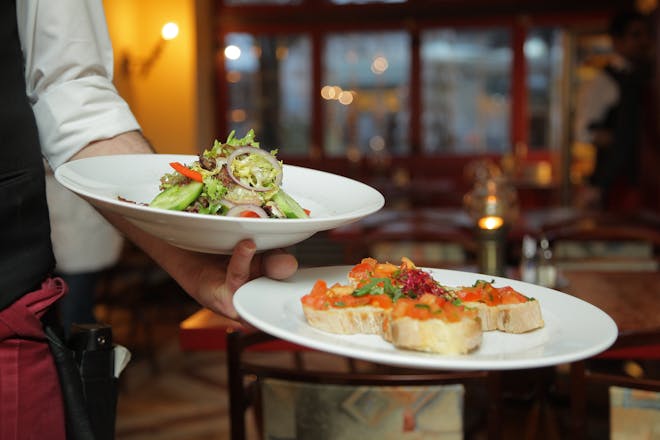Reverse Sear Meat: The Ultimate Guide to Perfection
Discovering the reverse sear method can transform the way you cook meat, ensuring your steaks are always perfectly done. The technique involves two main stages: slow-cooking your meat at a low temperature and then searing it at high heat for a flavorful crust. In this guide, we’ll delve into the reverse sear process, offering tips and tricks to help you master this cooking method.
Understanding the Reverse Sear Technique
The concept of the reverse sear is relatively simple. Instead of starting with a high-temperature sear and finishing in the oven, you reverse the order. This approach gives you unparalleled control over the doneness of your meat, producing a steak that’s evenly cooked from edge to edge with a delectable, crispy crust as the finishing touch.
Why Choose Reverse Sear?
Even Cooking: Traditional searing can often result in a gradient of doneness, with the outer layers overcooked by the time the center reaches the desired temperature. Reverse searing ensures your meat is uniformly cooked throughout.
Perfect Crust: Searing at the end allows the surface of the meat to dry out during the slow-cooking phase, which leads to a better Maillard reaction and a superior crust when you finally sear it.
Less Stress: The gentler cooking process also means there’s less risk of overshooting your target temperature, giving you more leeway for perfect results.
Selecting the Right Cut for Reverse Sear
Not all cuts of meat are suited to the reverse sear technique. Thicker cuts, generally at least 1.5 inches thick, are ideal. These include ribeye, porterhouse, T-bone, and thicker filet mignon. The process is not recommended for thinner cuts, as they can easily overcook during searing.
Tools You’ll Need
To reverse sear meat, you’ll need a reliable oven or smoker, a meat thermometer, a cast-iron skillet, and, optionally, a wire rack and baking sheet. The thermometer is crucial for monitoring the internal temperature of the meat.
Step-by-Step Guide to Reverse Searing Meat
Follow these steps to achieve the perfect reverse sear:
- Season your meat: Start by seasoning your steak with salt and any other desired spices. You can do this up to 24 hours in advance for deeper flavor penetration.
- Preheat: Set your oven or smoker to a low temperature, around 225°F (107°C).
- Cook slowly: Place the steak on a wire rack over a baking sheet or directly on the oven rack. Cook until it’s about 10-15°F (5-8°C) below your desired final temperature. This usually takes about 45-60 minutes, but rely on your meat thermometer for accuracy.
- Rest: Remove the meat and let it rest while you preheat a cast-iron skillet to a smoking-hot temperature on the stovetop.
- Sear: Sear the steak for 1-2 minutes on each side to develop a rich, brown crust.
- Serve: Let the steak rest for a few minutes, then slice and enjoy.
Tips for the Perfect Sear
When it’s time to sear, make sure your skillet is extremely hot. Use a high-smoke-point oil like avocado or grapeseed oil to avoid burning. Don’t move the steak around once it’s in the pan, and only flip it once to ensure the development of a deep, even crust.
Final Thoughts on Mastering the Reverse Sear
While the reverse sear technique may take a little more time, the results are well worth the wait. With practice, you’ll find that reverse searing becomes second nature, and you’ll be serving up steakhouse-quality meat from the comfort of your home.
